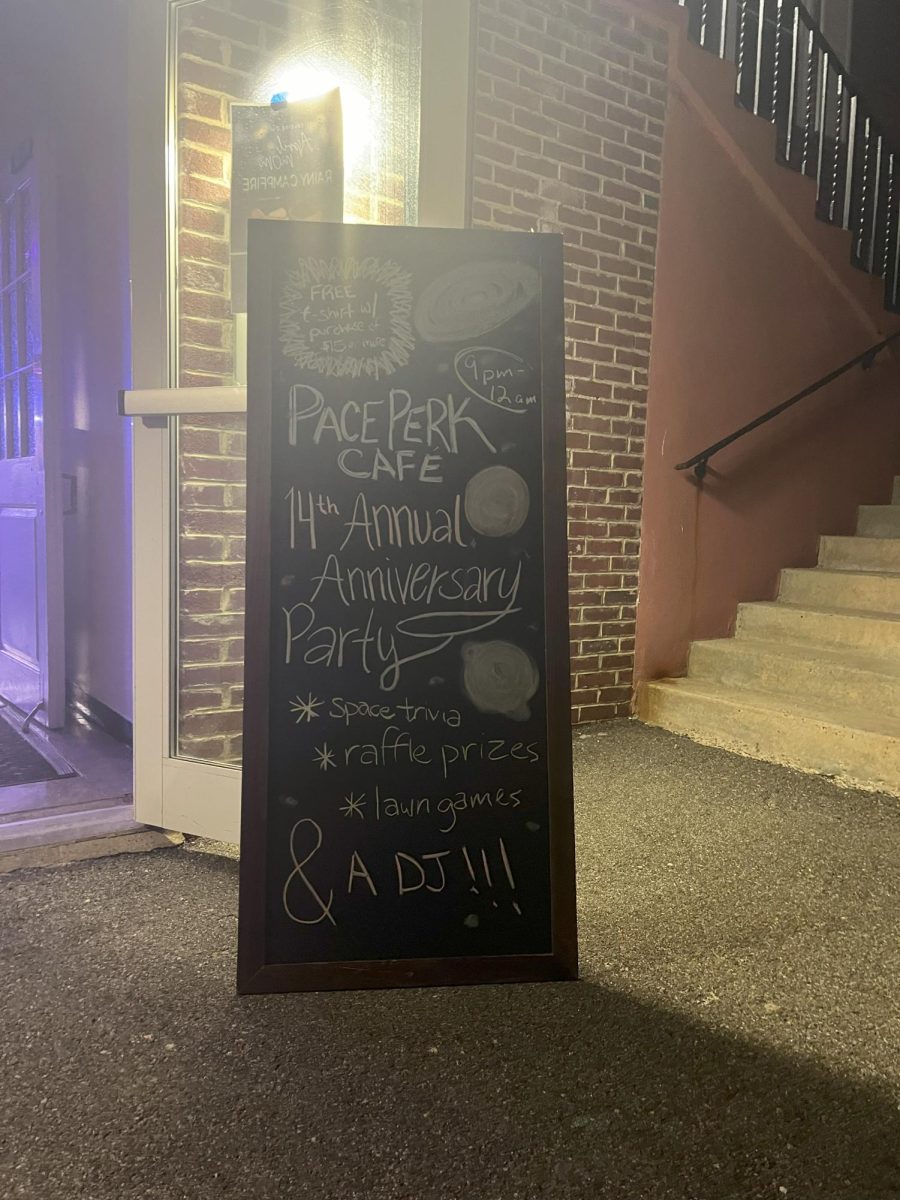What if, after years of research and study, the world uncovered a cure for HIV at last?
In the first week of March, news was released that an American toddler with the HIV virus had, in fact. been cured of the infection, becoming the second recorded case in history. The first occurred in a Berlin patient in 2007 as the result of a bone marrow transplant, according to Wall Street Journal reporter, Ron Winslow’s article “Baby Cured for the First Time, Researchers Say.”
While doubts and controversy have arisen over the child’s current health status, her treatment and its recorded results have stirred the interest and research of scientists and physicians all over the world.
For those who may not know, human immunodeficiency virus causes AIDS and weakens the immune system’s ability to fight infections and cancer. It can be transmitted through sexual contact or the use of unsterilized needles or, in the case of young infants such as this one, during pregnancy or delivery if a mother carries the infection.
According to CNN reporter Saundra Young’s article “Researchers: Toddler cured of HIV,” the infant’s mother in this case was not aware she was HIV positive until just before delivery. Had she or her doctors known, treatment to prevent transmission of the virus to her child would have begun during pregnancy. However, because this was not the case, the baby “was given high doses of three antiretroviral drugs within 30 hours of her birth.”
Antiretroviral drugs are those that inhibit the replication of a retrovirus, such as HIV.
The toddler continued being aggressively treated with such medication for the past two and a half years and is currently being considered “functionally cured,” which simply means “the presence of the virus is so small, lifelong treatment is not necessary and standard clinical tests cannot detect the virus in the blood” (Young).
This case is far more successful than similar projects being undertaken elsewhere around the world. For example, a French team at the Insitut Pasteur in Paris, led by Asier Sáez Cirión, has reported having functionally treated HIV in 14 patients.
However, they clarify in Michael Smith’s article “14 HIV Patients Have ‘Functional Cure,’” that “while all 14 still have HIV, in most cases it can only be detected with ultrasensitive laboratory tests and is undetectable by standard methods.”
Furthermore, this French team’s attempt at curing HIV does not generally recommend patients ever stop HIV treatments. According to this team’s research, when most people stop HIV treatments, there is high-risk of increases in HIV replication despite the original treatment.
While the case of this American toddler’s is novel and inspiring for sure, it is wise, as with any medical discovery, to take it with a grain of salt. Doctors and scientists are of the mind that her case is that of just one patient, and the findings of her case should not be considered immediately relevant for adults or adolescents who contract HIV.
However, Ron Winslow writes “World Health Organization guidelines now call for treating infants born to an HIV-infected mother with a modest daily dose of antiretroviral treatment for four to six weeks – or until testing determines the baby’s own HIV status. If the baby tests positive, a more aggressive treatment is begun.”
The important message to draw from these developments seems to be that, while promising, more experimentation and testing is required before the world declares a reliable and tested cure for HIV to patients of any age or status around the world.



